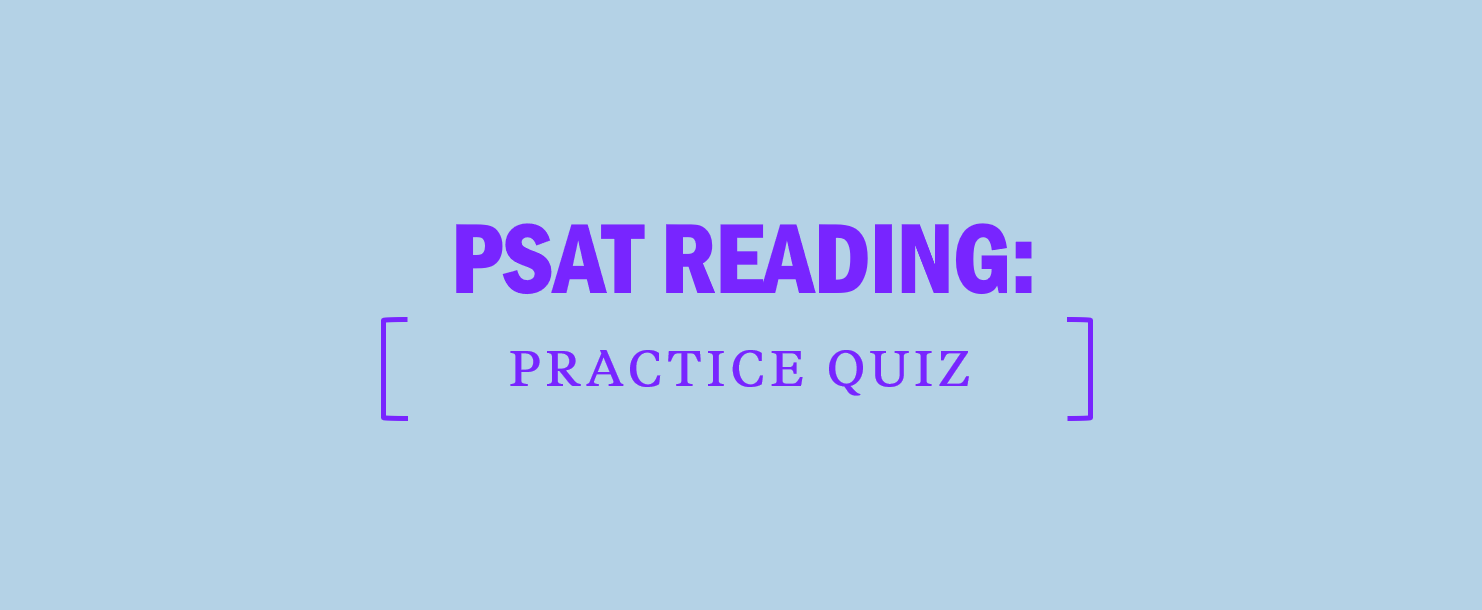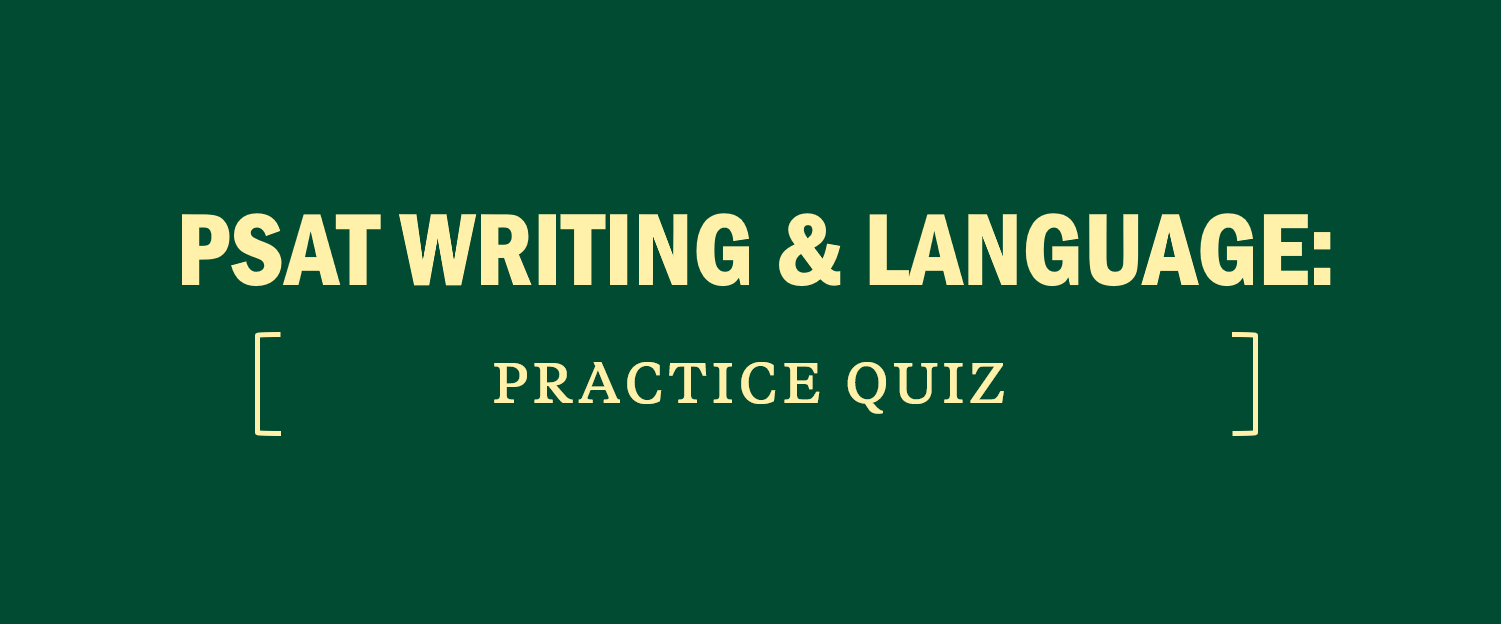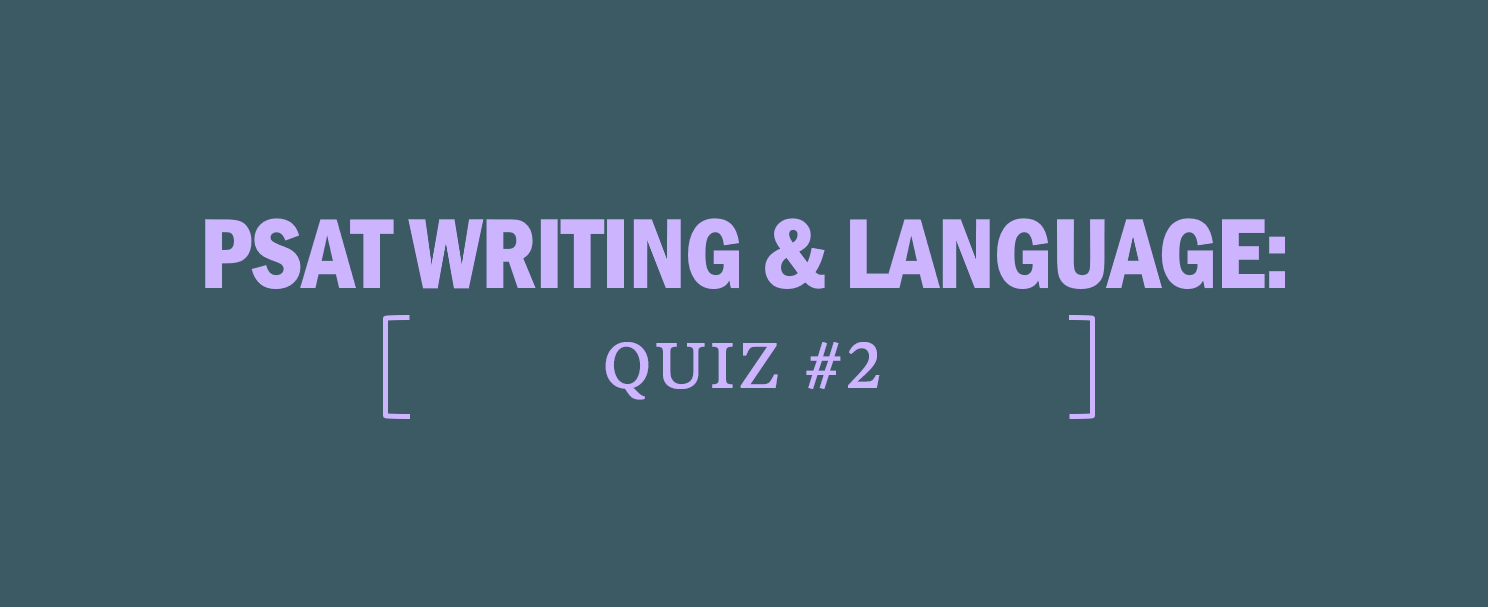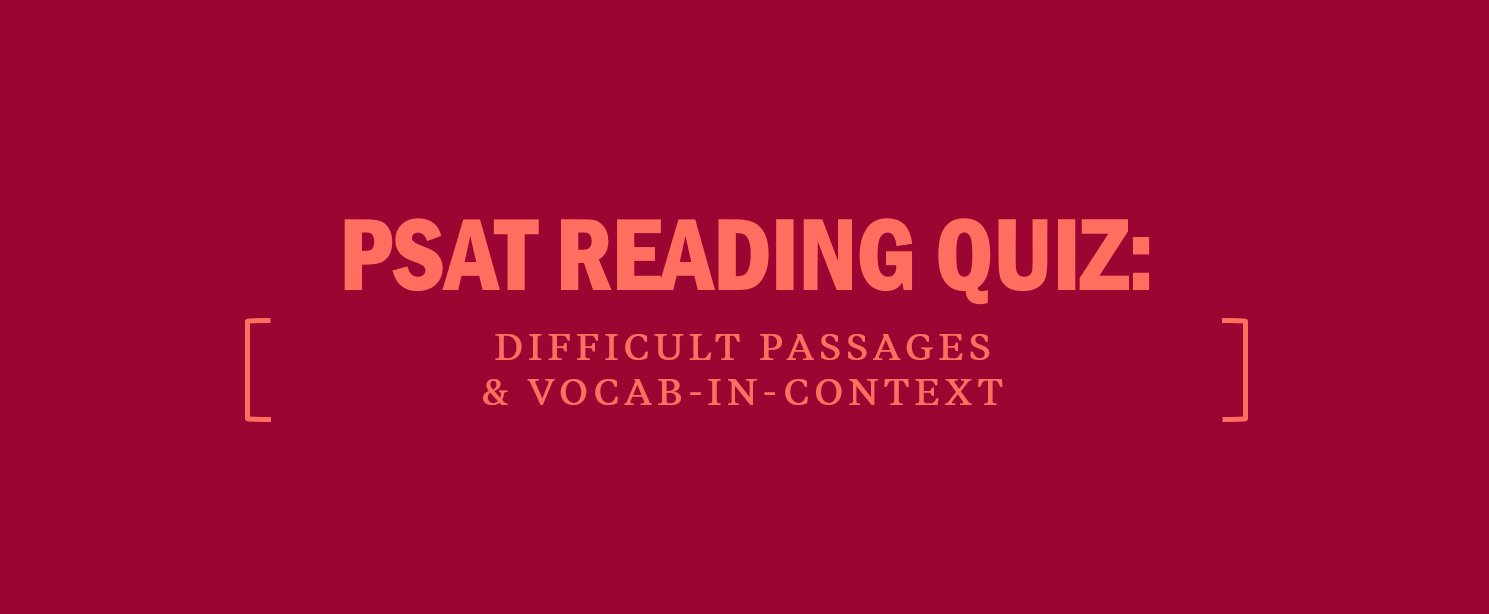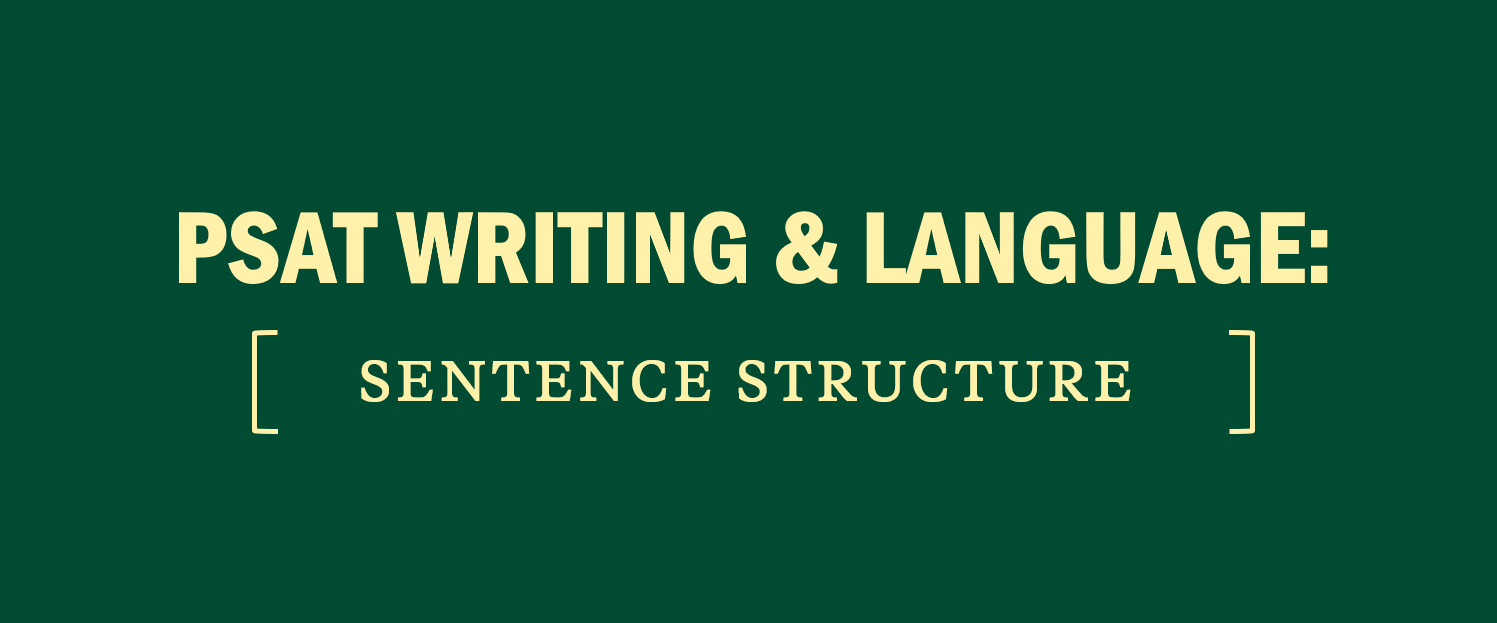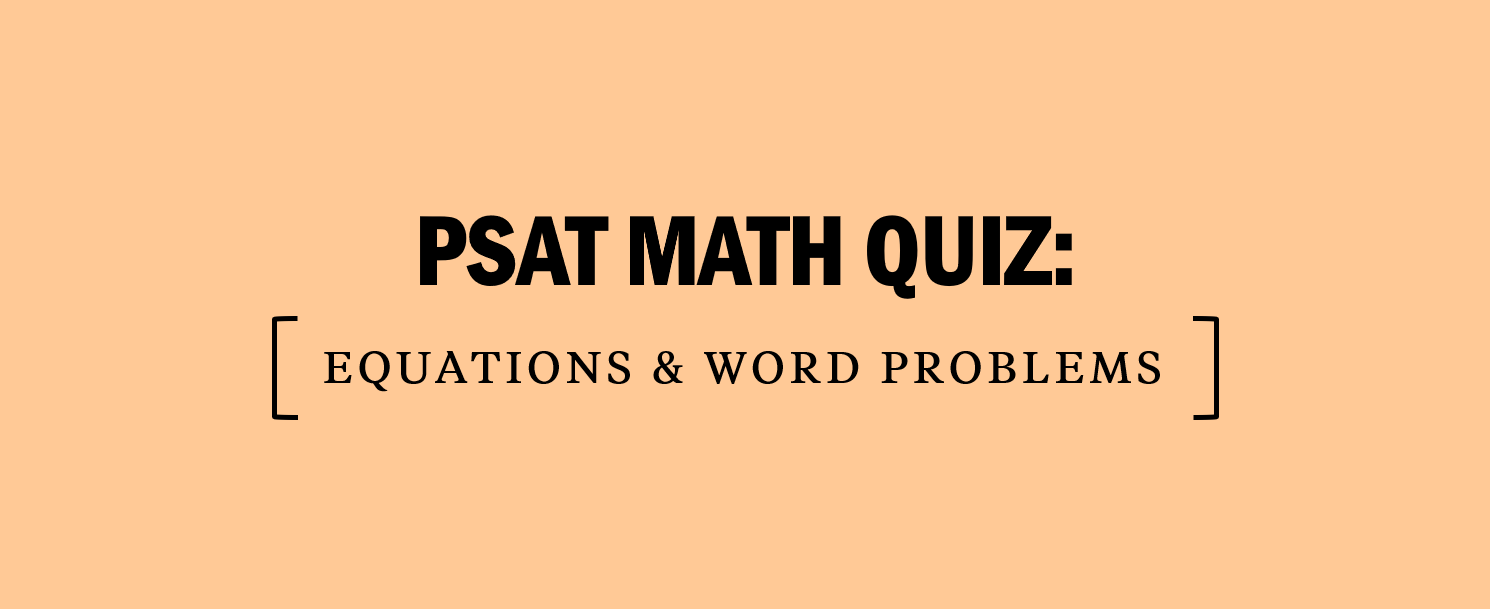How to Become a National Merit Scholarship Finalist
The 2024 PSAT/NMSQT is the qualifying test for entry into the 2026 National Merit® Scholarship Program. Earning a top PSAT/NMSQT score and winning a National Merit Scholarship can mean thousands of dollars each year towards college, which can make a big dent in tuition. This guide will walk you through the intricacies of the National Merit Scholarship Program, outlining the various scholarship types, eligibility requirements, and the selection process. Learn what it takes to become a National Merit Scholarship Finalist.
[ READ NEXT: What Is a Good PSAT score? ]
TABLE OF CONTENTS:
- What is the National Merit Scholarship Program?
- What are the different types of National Merit Scholarships?
- How many scholarship winners will there be in the 2026 competition?
- Requirements for the National Merit Scholarship Program
- Requirements to Become a National Merit Scholarship Finalist
- What score do you need to become a National Merit Scholarship Semifinalist?
- National Merit Semifinalist Cutoff Scores by State
What is the National Merit Scholarship Program?
The National Merit Scholarship Program is an annual academic competition offered by the National Merit Scholarship Corporation (NMSC). To enter the National Merit Scholarship Program and compete for the scholarships offered in 2026, high school students must take the PSAT/NMSQT in October 2024 and meet other program entry requirements (detailed below). National Merit Scholarship winners are chosen based on their skills, abilities, and accomplishments. Approximately 3.5 million students are expected to take the PSAT/NMSQT in 2024, and approximately 1.3 million of them will meet the requirements to enter this program. Competition for these scholarships is fierce, which is why earning a good PSAT score is so important.
What are the different types of National Merit Scholarships?
There are several types of National Merit Scholarships, including:
National Merit Scholarship Values & Notification Timeline
The table below lists the monetary values of each type of National Merit Scholarship and includes information on when winners will be notified of their scholarship offer.
| Scholarship | Value | Payment Frequency | Date of Notification to Winners |
| National Merit $2500 Scholarships | $2,500 | One-time payment | Late March |
| Corporate-sponsored Merit Scholarships | Varies by sponsor—ranges from one-time payments between $2,500 to $5k or renewable awards from $1k to $10k per year | Varies by sponsor—can be one-time payments or renewable awards | Early March |
| Corporate-sponsored Special Scholarships | Varies by sponsor—ranges from one-time payments between $2,500 to $5k or renewable awards from $1k to $10k per year | Varies by sponsor—can be one-time payments or renewable awards | Early March |
| College-sponsored Merit Scholarships | Awards range from $500 to $2k per year | Renewable for four years at the sponsoring college | Early May |
How many scholarship winners will there be in the 2026 competition?
Beginning in March 2026, NMSC will notify winners of National Merit Scholarships. Out of the 15,000 Finalists, there will be 6,870 National Merit Scholarship winners (including the corporate- and college-sponsored Merit Scholarships). Additionally, there will be 710 Special Scholarship winners. These 7,580 awards will have a combined value of over $33 million. Various amounts of scholarship money will be offered, but no student can receive more than one monetary award from the NMSC.
Requirements for the National Merit Scholarship Competition
There are several requirements all students must meet to be eligible to compete for National Merit scholarships. To enter the 2026 National Merit Scholarship Program, students must:
- Take the PSAT/NMSQT in October 2024 (for the 2026 competition)
- Be enrolled as a high school student (traditional or homeschooled)
- Be on track to graduate by the end of the academic year in 2026
- Plan to enroll full-time in college in the fall of 2026
- Meet citizenship/residency requirements
Please note that these are the basic requirements, and further details can be found on the NMSC website.
Requirements to Become a National Merit Scholarship Finalist
If you think you might make it to Semifinalist status, congrats! There are a few more steps you will need to go through to become a Finalist. First, the National Merit Scholarship Corporation will contact you if you make it that far. In order to qualify as a Finalist, you must then:
- Complete the National Merit Scholarship Application, which includes writing an essay
- Have a record of very high academic performance in all of grades 9 through 12 and in any college coursework taken
- Be fully endorsed for Finalist standing and recommended for a National Merit Scholarship by your high school principal
- Take the SAT or ACT and earn scores comparable to your Semifinalist PSAT score
- Provide any other documentation and information that the National Merit Scholarship Corporation requests
Each year, of the top 50,000 scoring PSAT test-takers, 34,000 receive Letters of Commendation from the National Merit program, and 16,000 students qualify as Semifinalists. The cutoff score for Semifinalists varies by state and by year. Semifinalists are invited to complete the National Merit Scholarship Application, which includes writing an essay.
Of the 16,000 Semifinalists, about 15,000 will become Finalists. About half of the Finalists will eventually be chosen as Merit Scholarship winners. According to the National Merit Scholarship Program, “scholarship recipients are the candidates judged to have the greatest potential for success in rigorous college studies and beyond.”
What score do you need to become a National Merit Scholarship Semifinalist?
The PSAT/NMSQT Selection Index score is a number used by the NMSC to consider students for the National Merit Scholarship Program. Your Selection Index score is calculated by doubling your PSAT/NMSQT Reading and Writing score, adding it to your Math score, and then dividing the total by 10. You can also use this formula: (2RW + M) ÷ 10. The College Board includes your Selection Index score on your PSAT/NMSQT score report. You will see an asterisk next to the National Merit Selection Index score if you are not eligible for the National Merit Scholarship Program.
The score you need to become a National Merit Scholarship Semifinalist depends on the state in which you live. Each state has a preset number of Semifinalists, and once scores come in for students, the cutoff score for that year in that state is determined. Regardless of the exact cutoff score for your state, all of the students who qualify earn high scores—less than the top 1% of high school students advance to become Semifinalists.
2023 National Merit Semifinalist Cutoff Scores by State
Review the 2023 National Merit Semifinalist cutoff scores by state. Note that cutoff scores for 2024 PSAT/NMSQT test-takers won’t be released until scores are back.
- Alabama: 212
- Alaska: 214
- Arizona: 217
- Arkansas: 213
- California: 221
- Colorado: 218
- Connecticut: 221
- Delaware: 219
- D.C.: 223
- Florida: 217
- Georgia: 218
- Hawaii: 217
- Idaho: 213
- Illinois: 220
- Indiana 217
- Iowa: 212
- Kansas: 215
- Kentucky: 213
- Louisiana: 214
- Maine: 214
- Maryland: 222
- Massachusetts: 223
- Michigan: 218
- Minnesota: 217
- Mississippi: 212
- Missouri: 215
- Montana: 209
- Nebraska: 211
- Nevada: 214
- New Hampshire: 217
- New Jersey: 223
- New Mexico: 211
- New York: 220
- North Carolina: 218
- North Dakota: 210
- Ohio: 217
- Oklahoma: 211
- Oregon: 216
- Pennsylvania: 219
- Rhode Island: 217
- South Carolina: 214
- South Dakota: 208
- Tennessee: 217
- Texas: 219
- Utah: 211
- Vermont: 215
- Virginia: 222
- Washington: 222
- West Virginia: 209
- Wisconsin: 214
- Wyoming: 209
Other cutoff scores:
- U.S. citizens studying abroad: 223
- U.S. territories: 208
- Commended Student (national score): 208
Written by Kaplan experts, reviewed by Melissa McLaughlin, Pre-College Content Developer and Heather Waite, Director of Content and Curriculum, Pre-College.


